ELECTRIC, WITH AN EDGE
The 3500 kVA pad mounted transformer refers to a three phase pad-mounted industrial transformer with a power of 3500 kVA. An oil-immersed transformer. Daelim’s pad mounted transformer is widely used in major Bitcoin mining areas in the United States, Canada, Mexico, Ukraine, and Russia.
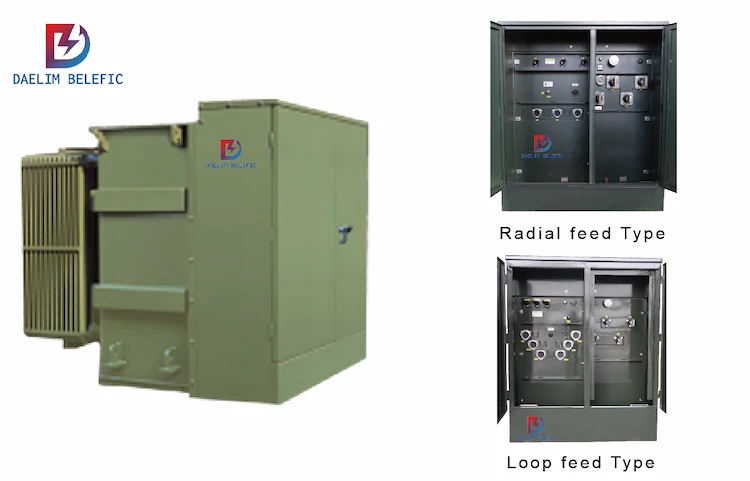
The pad-mounted transformer is mainly composed of ten accessories.
They are accessories with no-load breaking capacity, accessories with load breaking capacity, circuit breakers, elbow cable plugs, lightning arresters, insulation protection caps, short-circuit fault indicators, and point indicators.
The single-phase pad-mounted transformer is a transformer with a fully sealed structure, strong overload capacity, high continuous operation reliability, and simple maintenance.
The single-phase pad-mounted transformer has the characteristics of small size, small capital investment, reduced low-voltage power supply radius, and reduced line loss by more than 60%.
The single-phase pad-mounted transformer adopts a high-efficiency and energy-saving wound core structure design.
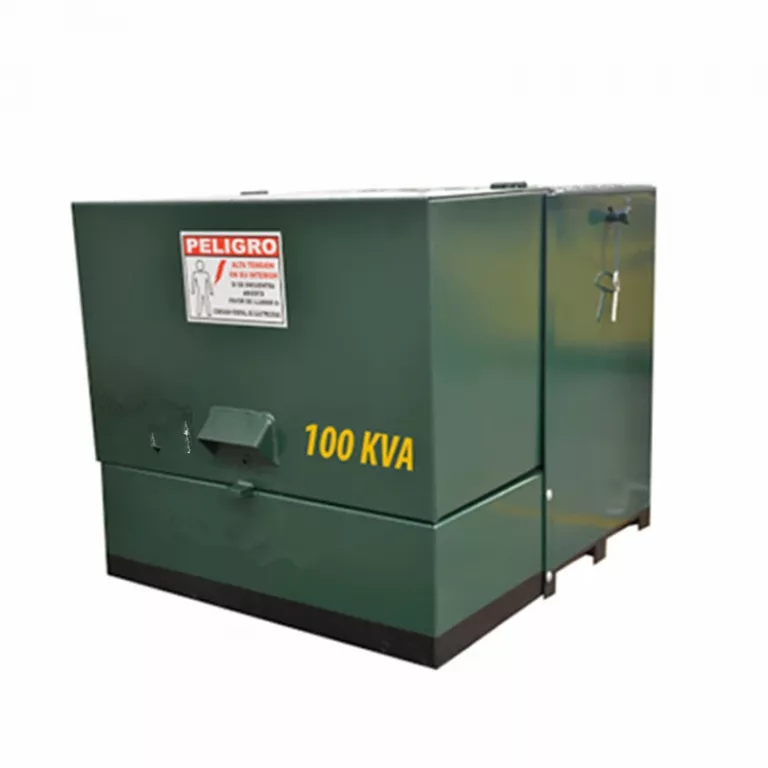
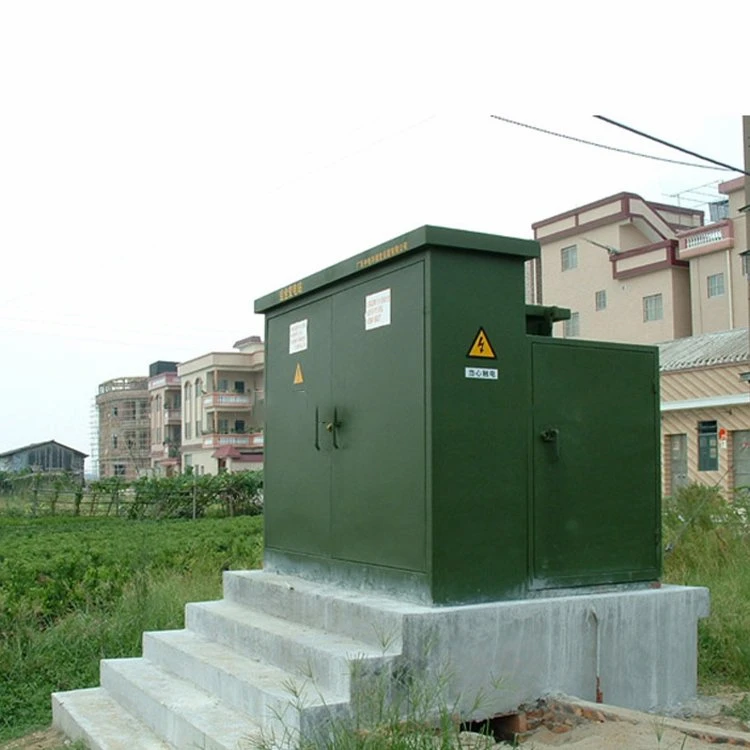
If the output test of an industrial transformer is 380V, the high voltage is generally 10KV, and some auxiliary high voltages are 6KV.
It selects the transformer according to the working voltage.
For the several classifications of transformers, there are two most used in the industry: oil-immersed industrial transformers and dry-type industrial transformers.
The difference between the two is whether the evaporator tube is immersed in the oil.
kW=KVA*power factor
Active power is the power actually consumed by a machine that uses electricity. For example, the daily electricity bills paid by everyone are paid for active electricity.
Reactive power is the electricity that is not used and consumed by electrical appliances. For example, if there is a capacitor/coil in an electrical device, the capacitor/coil will always be in a state of charging and discharging when the device is working. Because the capacitor/coil has been charged and discharged without real power consumption, this part of the power is called reactive power.
Apparent power refers to the total power provided by the power supply. The power supply (generally refers to a transformer or a generator), in addition to providing active power to electrical equipment, it also needs to provide reactive power. The reason is simple. Although the capacitor in the electrical equipment does not consume power, it is always charging and discharging, so it also needs to occupy a part of the power supply capacity.
After clarifying these, let’s look at the relationship between them again, which requires another concept-power factor. How much active power a power supply can provide depends on the power factor.
Power factor
Power factor refers to the ratio of active power to apparent power, generally expressed by cosφ. For example, a 1000kVA transformer, when the power factor cosφ=0.6, it can output 600kW of active power; but when the power factor cosφ=0.9, it can output 900kW of active power.
If it is 1 yuan per kilowatt-hour of electricity when the power factor is 0.6, the transformer can produce 600 yuan/hour economic benefits; when the power factor reaches 0.9, the transformer can produce 900 yuan/hour economic benefits. In fact, the effect of improving power factor is far more than that simple, there are many more, so I won’t talk about it here.


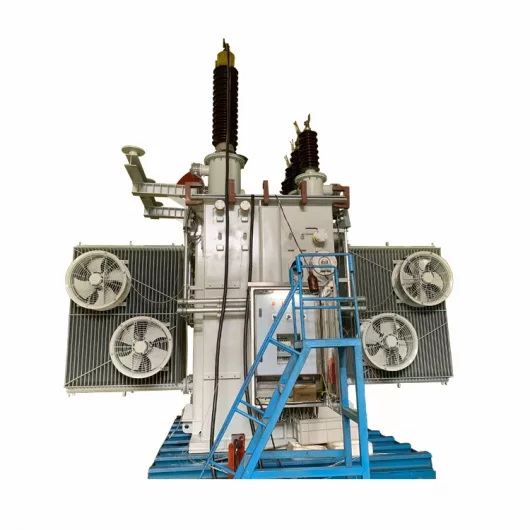
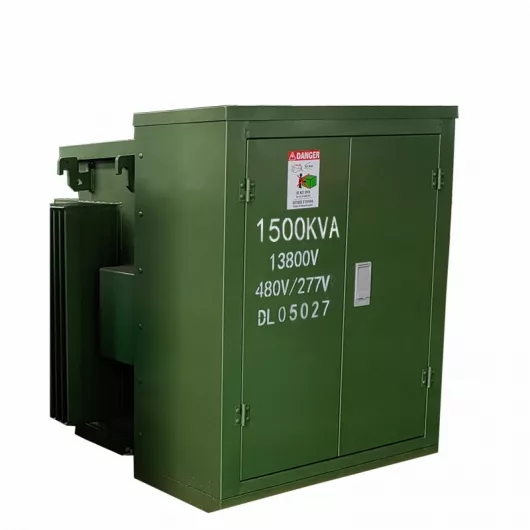
After filling in the contact information, you can download the PDF.